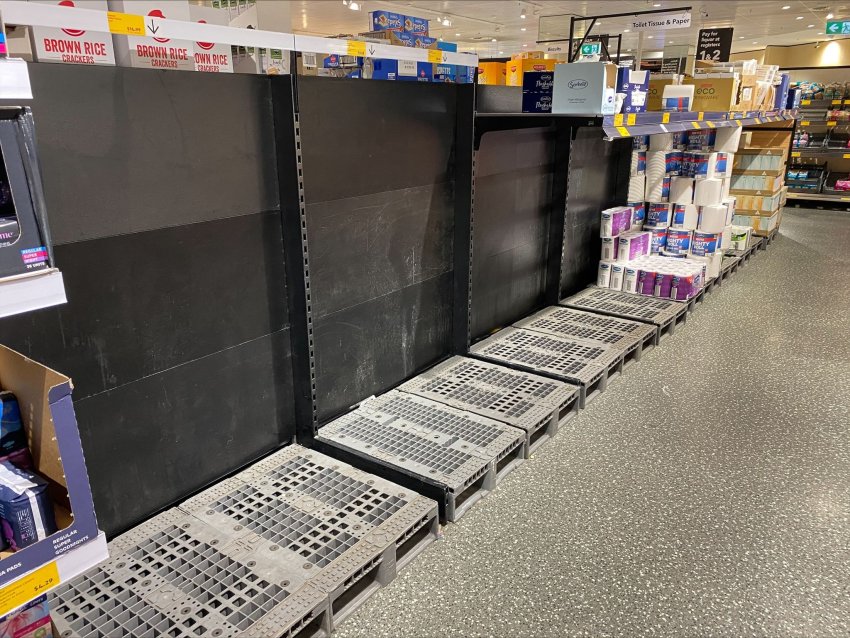
The rapid spread of COVID-19 through workplaces has left many essential industries struggling to cope as positive workers stay home to recover.
But rather than make workplaces safe and expand access to paid pandemic leave, the federal government has tighten eligibility to the Pandemic Leave Disaster Payment.
The changes, which came into effect on January 18, will affect an estimated 3.7 million workers who have no access to sick pay and those who have already depleted their leave entitlements. Casuals, contractors, sole traders and gig economy workers make up the bulk of these cohorts. They also represent a disproportionate number of essential workers feeling the strain.
Given their low income they comprise most of the 867,900 people working more than one job. This means they can, potentially, spread the virus to multiple workplaces.
The $1500 Pandemic Leave Disaster Payment was introduced in Victoria in August 2020 during the second wave outbreak. It was targeted at those who had to isolate for 14 days but had no sick leave entitlements and were not receiving another support payment, such as JobSeeker.
After expanding it to New South Wales and, later, nationally, the government has rolled it back. It is seeking to withdraw it altogether, as it has done with JobKeeper and the JobSeeker coronavirus supplement.
The disaster payment was reduced to $750 a week in December and was restricted to those who test positive, who care for someone who has tested positive or who are defined as being a close contact. Those needing to stay isolated after 7 days can apply for a second $750 payment.
The change was made as the mandatory isolation time was reduced from 14 to seven days and the definition of “close contact” narrowed to a “household" or "household like" contacts.
Those applying for the Pandemic Leave Disaster Payment now also have to demonstrate they will lose at least eight hours or a full day of work, and have less than $10,000. Then, to receive the full $750 payment, they have to show they have lost, or expect to lose, 20 hours or more of work. Those who lose between 8–19 hours of work receive a paltry $450.
The government’s objective is to force working people to continue to shoulder the costs of the pandemic. It refuses to take responsibility for the lack of access to free rapid antigen tests (RATs), adequate masks, and improved ventilation and social distancing requirements in workplaces.
Australian Council of Trade Unions (ACTU) secretary Sally McManus said in July 2020 that "no worker should be left considering if they should go to work with mild symptoms to pay the bills”. An ACTU survey at the time found more than 10% said they would still go to work if they had mild symptoms. Almost two-thirds of those said they feared losing their job, or hours, or not being able to afford not to work.
The ACTU’s emergency leadership meeting on January 17, which called for free RATs, upgraded masks and improved ventilation, did not talk about defending and extending paid pandemic leave. Paid pandemic leave covering all workers, regardless of their employment or visa status and paid at 100% of employee’s pay, is a critical public health measure.